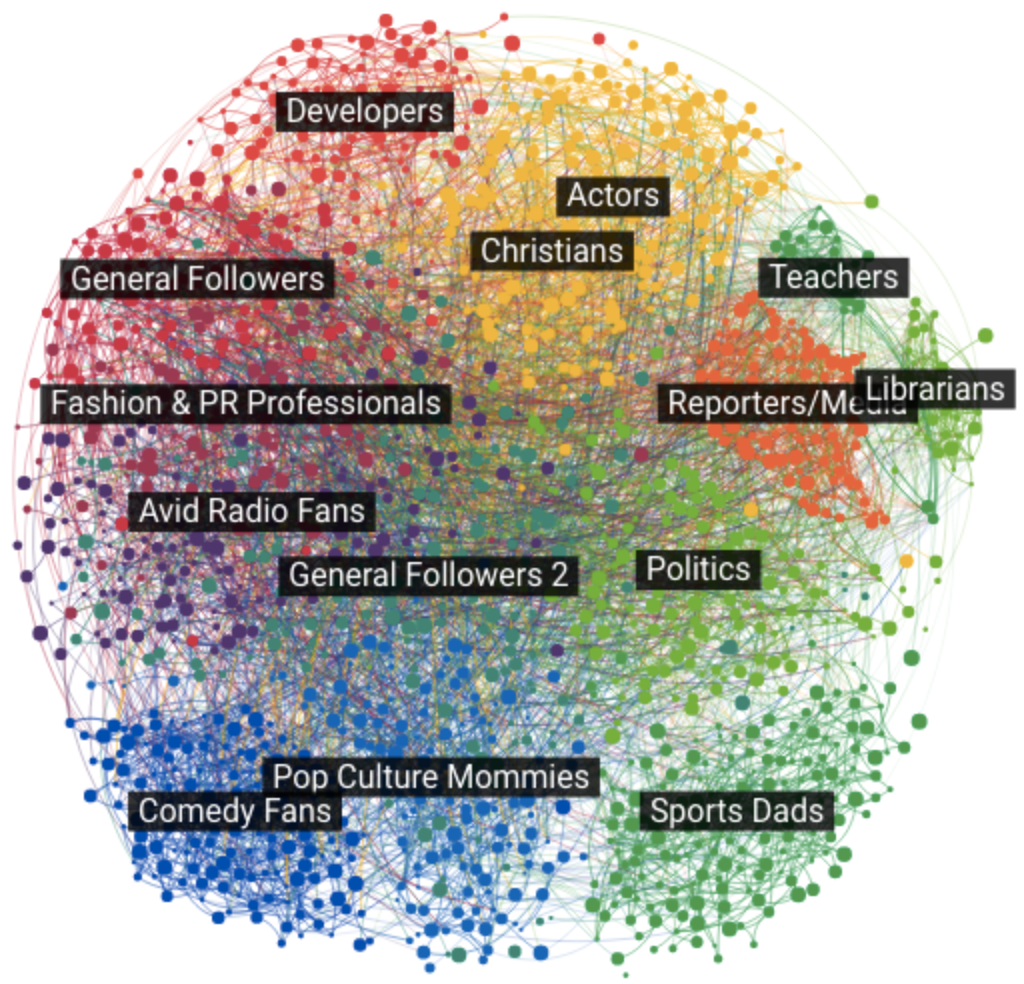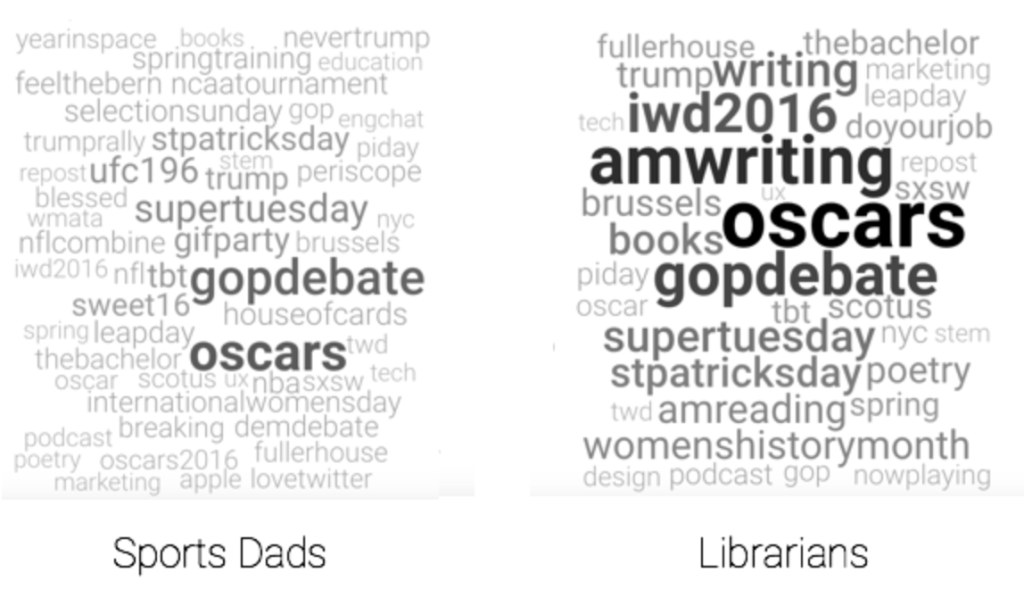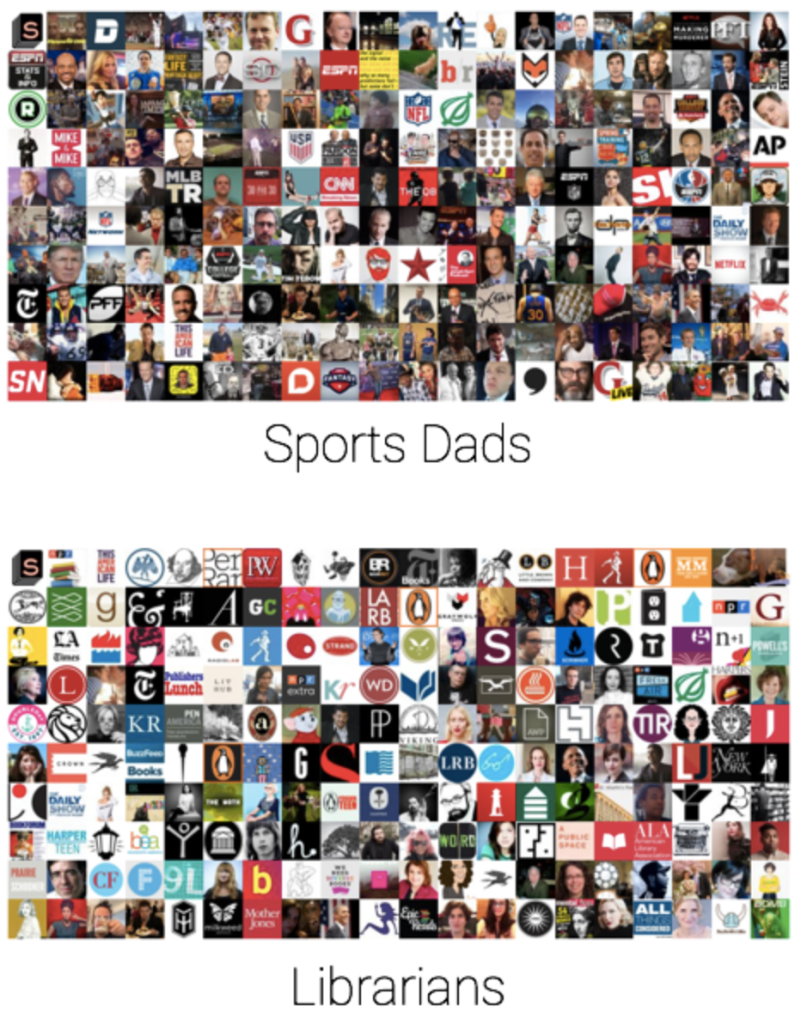Understanding the Fandom Behind TV’s True-Crime Shows
True-crime documentaries and miniseries seem to be all the rage right now for TV fans. Business Insider calls it “true-crime mania,” with hit shows like Netflix’s Making a Murderer and FX’s The People v. O.J. Simpson: American Crime Story enthralling audiences across the word. Even celebrities like Mindy Kaling, Emmy Rossum, Kim Kardashian West, and countless more couldn’t help but get in on the action and tweet about the shows.  But where did this fascination with true-crime stem? The true-crime genre is not new, however, how we experience these shows is. In 2015 the true-crime genre seemed to grow in popularity after shows like the Serial podcast and HBO’s The Jinx premiered and caught on like wildfire. Audiences today are much more involved in the story. With the ability to quickly research case facts online and share feelings with fellow viewers on social, fans today feel as though they are ‘playing detective’ and experiencing the action themselves. Not to mention, there is now the option to binge-watch an entire series in a weekend (hey, it happens!).But who are these dedicated true-crime fans? To begin to unravel this mystery, I decided to conduct my own investigation and analyze the social audience of Netflix’s Making a Murderer, FX’s The People v. O.J. Simpson: American Crime Story, and the podcast that started it all - Serial - to see what cultural commonalities exist. To do this, I ran a Twitter report combining these three audiences using Affinio, the audience intelligence platform. Affinio’ s advanced social graph algorithms are able analyze the connections that exist within a social audience and pinpoint differing audience segments based on the interests and passions of that segment (Disclosure: BRaVe is an investor in Affinio).By simply analyzing these three true-crime accounts at a high-level, you can see the various communities, in the below audience visualization, that felt the impact of these shows. Diverse interest-based communities such as Pop Culture Mommies, Sports Dads, Librarians, Comedy Fans, and News Junkies all emerged.
But where did this fascination with true-crime stem? The true-crime genre is not new, however, how we experience these shows is. In 2015 the true-crime genre seemed to grow in popularity after shows like the Serial podcast and HBO’s The Jinx premiered and caught on like wildfire. Audiences today are much more involved in the story. With the ability to quickly research case facts online and share feelings with fellow viewers on social, fans today feel as though they are ‘playing detective’ and experiencing the action themselves. Not to mention, there is now the option to binge-watch an entire series in a weekend (hey, it happens!).But who are these dedicated true-crime fans? To begin to unravel this mystery, I decided to conduct my own investigation and analyze the social audience of Netflix’s Making a Murderer, FX’s The People v. O.J. Simpson: American Crime Story, and the podcast that started it all - Serial - to see what cultural commonalities exist. To do this, I ran a Twitter report combining these three audiences using Affinio, the audience intelligence platform. Affinio’ s advanced social graph algorithms are able analyze the connections that exist within a social audience and pinpoint differing audience segments based on the interests and passions of that segment (Disclosure: BRaVe is an investor in Affinio).By simply analyzing these three true-crime accounts at a high-level, you can see the various communities, in the below audience visualization, that felt the impact of these shows. Diverse interest-based communities such as Pop Culture Mommies, Sports Dads, Librarians, Comedy Fans, and News Junkies all emerged. How networks and advertisers will speak to each of these audiences differs depending on their interests, how they consume content, etc. For an example of the insights Affino can uncover, and the clear differences between these communities, we will showcase the differences between the “Sports Dads” community and the “Librarians” community that love true-crime! How the ‘Sports Dads’ and ‘Librarians” Self-Describe:
How networks and advertisers will speak to each of these audiences differs depending on their interests, how they consume content, etc. For an example of the insights Affino can uncover, and the clear differences between these communities, we will showcase the differences between the “Sports Dads” community and the “Librarians” community that love true-crime! How the ‘Sports Dads’ and ‘Librarians” Self-Describe: As can be seen, this community of Sports Dads self-describe using words such as father, husband, sports, dad, and baseball. In contrast, the Librarians community self-describe using words such as librarian, author, and library. Top Used Hashtags by ‘Sports Dads’ and ‘Librarians’:
As can be seen, this community of Sports Dads self-describe using words such as father, husband, sports, dad, and baseball. In contrast, the Librarians community self-describe using words such as librarian, author, and library. Top Used Hashtags by ‘Sports Dads’ and ‘Librarians’: As can be seen, the Sports Dads top used hashtags include: #GOPDebate, #supertuesday, #ufc196, and #oscars. In contrast, the Librarians community’s top used hashtags include: #amwriting, #oscars, #iwd2016, and #books. Top Interests of ‘Sports Dads’ and ‘Librarians’:
As can be seen, the Sports Dads top used hashtags include: #GOPDebate, #supertuesday, #ufc196, and #oscars. In contrast, the Librarians community’s top used hashtags include: #amwriting, #oscars, #iwd2016, and #books. Top Interests of ‘Sports Dads’ and ‘Librarians’: Top interests of the Sports Dads include sportscasters such as Erin Andrews, Buster Olney, and Michael Wilbon. In contrast, the Librarian top interests include The Paris Review, NY Review of Books, and Penguin Random House. Why understanding fandom is so importantAs evident in our Affinio analysis, a television show that fits into the crime genre can also have a following of many different genres and personas. What this tells us is that TV audiences today are much more diverse than they use to be. Who knew true-crime would attract Sports Dads and Librarians?!This cross-genre appeal poses a major challenge for the networks who own these shows as well as for advertisers. It is becoming increasingly more difficult for the networks and advertisers to understand where a show fits culturally and who the core fans are, or ideal audiences, that are viewing the show. By leveraging the social graph, taking an audience-centric approach, these stakeholders are able to understand a show’s viewers intimately and can therefore make better strategic decisions in order to reach them. With these data-backed initiatives, these true-crime shows will be able to grow, cultivate, and better nurture their fan community.Let’s just say this investigation is officially closed!
Top interests of the Sports Dads include sportscasters such as Erin Andrews, Buster Olney, and Michael Wilbon. In contrast, the Librarian top interests include The Paris Review, NY Review of Books, and Penguin Random House. Why understanding fandom is so importantAs evident in our Affinio analysis, a television show that fits into the crime genre can also have a following of many different genres and personas. What this tells us is that TV audiences today are much more diverse than they use to be. Who knew true-crime would attract Sports Dads and Librarians?!This cross-genre appeal poses a major challenge for the networks who own these shows as well as for advertisers. It is becoming increasingly more difficult for the networks and advertisers to understand where a show fits culturally and who the core fans are, or ideal audiences, that are viewing the show. By leveraging the social graph, taking an audience-centric approach, these stakeholders are able to understand a show’s viewers intimately and can therefore make better strategic decisions in order to reach them. With these data-backed initiatives, these true-crime shows will be able to grow, cultivate, and better nurture their fan community.Let’s just say this investigation is officially closed!
To learn more about understanding audiences, check out affinio.com

